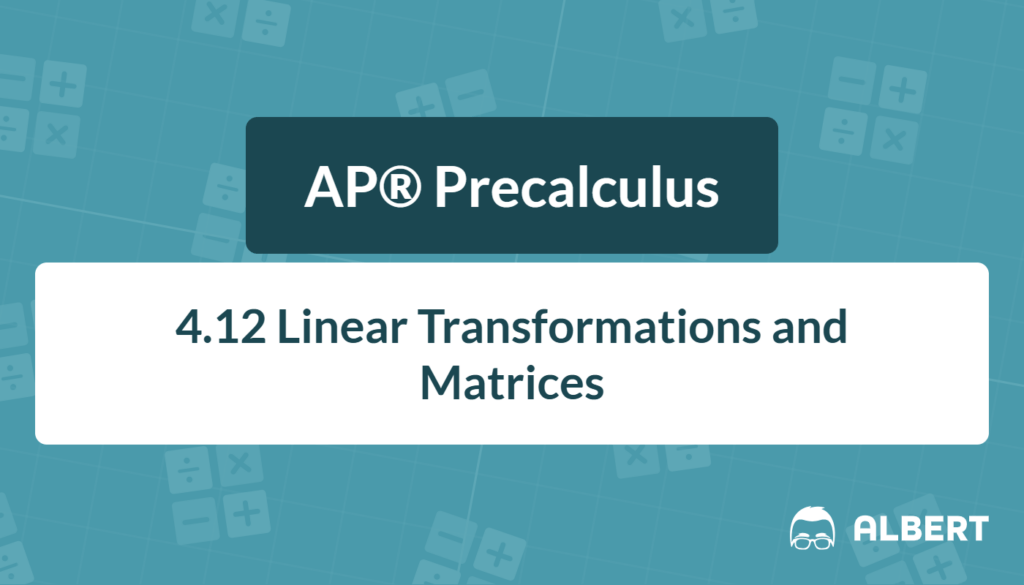What We Review
Introduction to Matrices and Linear Transformations
Welcome to an exciting exploration of matrices and linear transformations! These mathematical concepts might sound complex, but they play a crucial role in precalculus, especially when dealing with vectors and transformations. Understanding them is essential as they form the foundation for many advanced topics in mathematics, physics, and engineering.
Understanding Matrices
Definition of Matrices
A matrix is simply a rectangular array of numbers arranged in rows and columns. This structured format helps to organize data efficiently and perform various calculations.

Types of Matrices
- Row Matrix: A matrix with a single row. Example: \begin{pmatrix} 1 & 2 & 3 \end{pmatrix}.
- Column Matrix: A matrix with a single column. Example: \begin{pmatrix} 1 \\ 2 \\ 3 \end{pmatrix}.
- Square Matrix: A matrix with the same number of rows and columns. Example: \begin{pmatrix} 1 & 2 \\ 3 & 4 \end{pmatrix}.
The Concept of Linear Transformations
Definition of a Linear Transformation
A linear transformation uses a matrix to map input vectors to output vectors. It applies rules of scaling and rotating while keeping operations straightforward and consistent.
Characteristics of Linear Transformations
- Mapping of Vectors: Linear transformations apply a set matrix operation to convert input vectors into output vectors.
- Zero Vector Mapping: The zero vector (all components are zero) is always mapped to another zero vector.
Representing Vectors as Matrices
In R^2 (the 2-dimensional plane), vectors can be written as column matrices, which makes calculations easier.
Example: Representing a Vector \vec{v} = (3, 4)
The vector (3, 4) can be represented in matrix form as:
\vec{v} = \begin{pmatrix} 3 \\ 4 \end{pmatrix}Transforming Vectors with a 2 \times 2 Matrix
One of the main uses of matrices in precalculus is applying linear transformations. Let’s take a look at a practical example.
How to Apply a Linear Transformation Matrix
When applying a transformation, multiply the transformation matrix by the vector to produce a new vector.
Example: Performing a Linear Transformation
Use A = \begin{pmatrix} 2 & 1 \\ 3 & 4 \end{pmatrix} to transform vector \vec{v} = \begin{pmatrix} 3 \\ 4 \end{pmatrix}:
A \vec{v} = \begin{pmatrix} 2 & 1 \\ 3 & 4 \end{pmatrix} \begin{pmatrix} 3 \\ 4 \end{pmatrix}Perform the multiplication:
- Calculate the new first component: (2 \times 3) + (1 \times 4) = 6 + 4 = 10
- Calculate the new second component: (3 \times 3) + (4 \times 4) = 9 + 16 = 25
So, A \vec{v} = \begin{pmatrix} 10 \\ 25 \end{pmatrix}.
Multiplying Matrices for Transformation
When dealing with multiple vectors, one can transform them all at once using matrix multiplication.
Example: Transforming Multiple Vectors Simultaneously
Suppose we transform vectors \vec{u} = \begin{pmatrix} 1 \\ 2 \end{pmatrix} and \vec{w} = \begin{pmatrix} 3 \\ 4 \end{pmatrix} using matrix A = \begin{pmatrix} 2 & 1 \\ 3 & 4 \end{pmatrix}:
Form a matrix with the vectors:
V = \begin{pmatrix} 1 & 3 \\ 2 & 4 \end{pmatrix}Perform the transformation:
A \times V = \begin{pmatrix} 2 & 1 \\ 3 & 4 \end{pmatrix} \times \begin{pmatrix} 1 & 3 \\ 2 & 4 \end{pmatrix} = \begin{pmatrix} 4 & 10 \\ 9 & 25 \end{pmatrix}Output vectors: \begin{pmatrix} 4 \\ 11 \end{pmatrix} and \begin{pmatrix} 10 \\ 25 \end{pmatrix}
Characteristics of Linear Transformations
Explanation of Linear Combination
Linear transformations preserve vector addition and scalar multiplication. This helps in creating new vectors by combining existing ones.
Effects on Vector Spaces
Linear transformations change the positions of vectors within vector spaces without altering the nature of the space itself.
Importance of Consistency in Transformations
Consistency ensures that the transformation applies equally across all vectors, maintaining predictability.
Quick Reference Vocabulary Chart
| Vocabulary | Definition |
| Matrix | A rectangular array of numbers or expressions. |
| Linear Transformation | A function that maps input vectors to output vectors using a matrix. |
| Zero Vector | A vector with all components equal to zero. |
| Input Vector | The vector fed into the transformation, represented as a 2 \times 1 matrix in R^2. |
| Output Vector | The result of applying the transformation to the input vector |
Conclusion
In summary, matrices and their transformations are vital tools in precalculus, simplifying complex operations through structured organization. Practice these concepts regularly to build a solid foundation for more advanced mathematical topics.
Sharpen Your Skills for AP® Precalculus
Are you preparing for the AP® Precalculus exam? We’ve got you covered! Try our review articles designed to help you confidently tackle real-world math problems. You’ll find everything you need to succeed, from quick tips to detailed strategies. Start exploring now!
Need help preparing for your AP® Precalculus exam?
Albert has hundreds of AP® Precalculus practice questions, free responses, and an AP® Precalculus practice test to try out.









